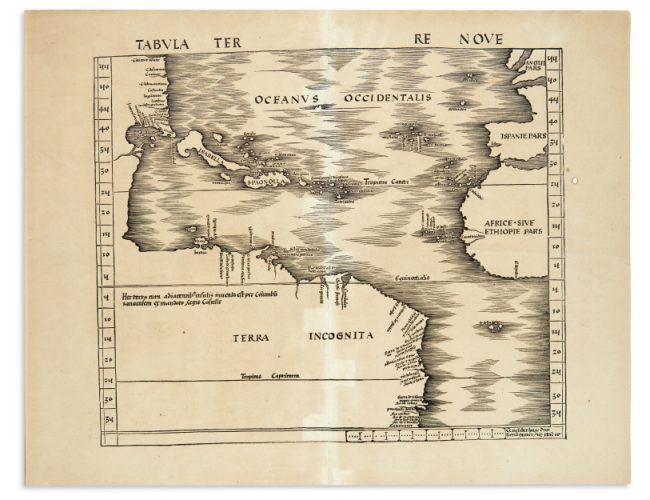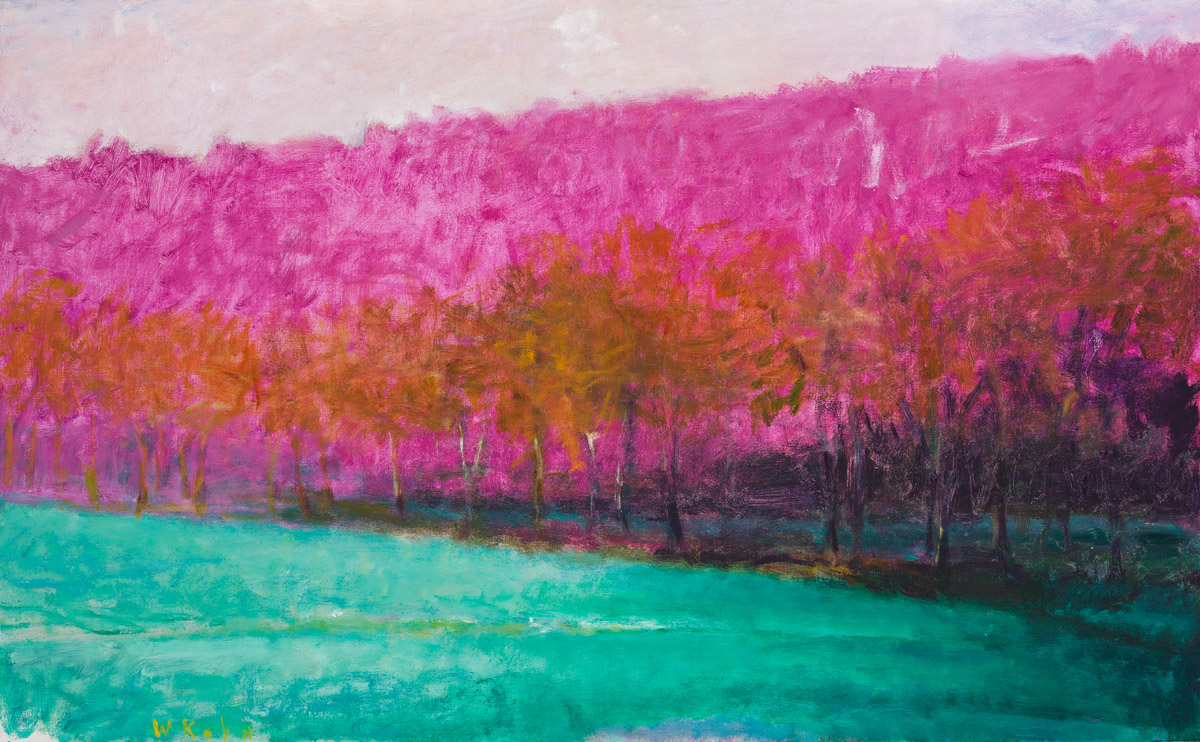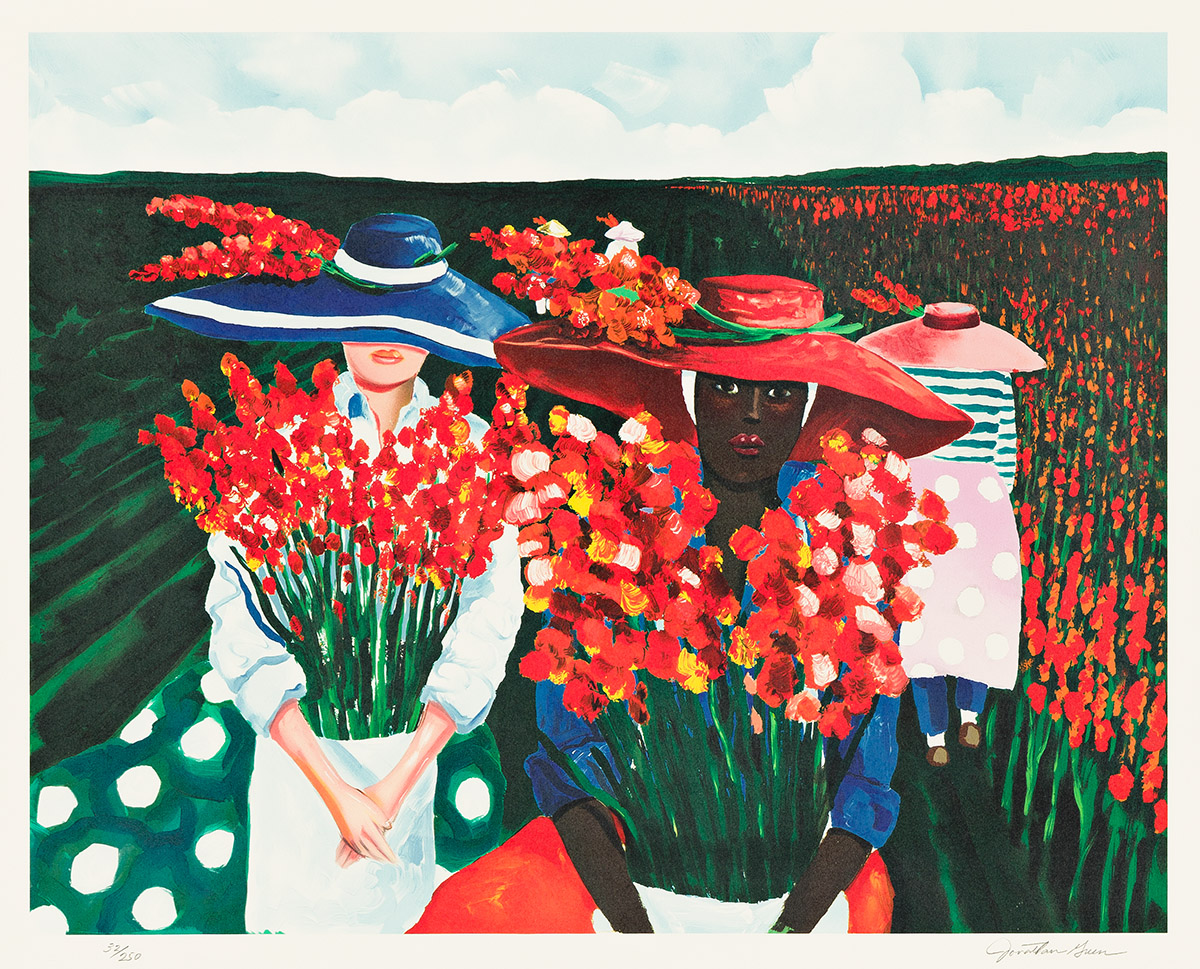John Woodhouse Audubon: The California Gray Squirrel
The Audubon name is synonymous with art of the natural world. Most renowned for his iconic Birds of America, master naturalist John James Audubon expectantly encouraged and cultivated his two sons Victor Gifford and John Woodhouse to chase his own passions for illustrating American wildlife.
Our December 17, 2020, sale of Maps & Atlases, Natural History & Color Plate Books brings an original oil-on-canvas by John Woodhouse Audubon across the block—the California Gray Squirrel. Caleb Kiffer, the specialist for the sale, wrote an essay for the catalogue that touches on the contributions of the Audubons.
John Woodhouse Audubon
The older son, Victor, chiefly held responsibilities in the commercial end of the family work; but it was the second son, John Woodhouse, who excelled with a brush. On Christmas Eve, 1833, John James penned a lengthy letter to Victor from Charleston, South Carolina ruminating over much business, but including a particular note to glowingly report: “John has drawn a few Birds, as good as any I ever made, and in a few months I hope to give this department of my duty up to him altogether; his improvements on other subjects are equally pleasing.”1 Despite intimations at his retirement there at age 48, John James and his then 21-year-old son collaborated very successfully for a good many more years both in the field and in the studio.
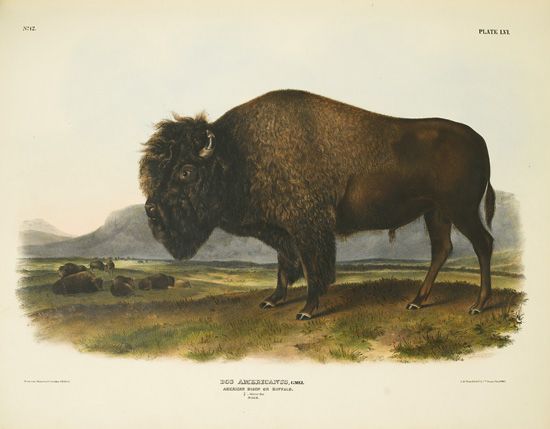
The most important endeavor between the pair was their preparation of The Viviparous Quadrupeds of North America, a lithographed series of four-legged mammals published in both imperial folio and octavo-sized formats in the late 1840s. Both Audubons produced original artwork for the series but as the project grew on, the health of John James began to fail and much responsibility fell to the son to collect, source, and paint new subjects in order to continue the venture.
The California Gray Squirrel
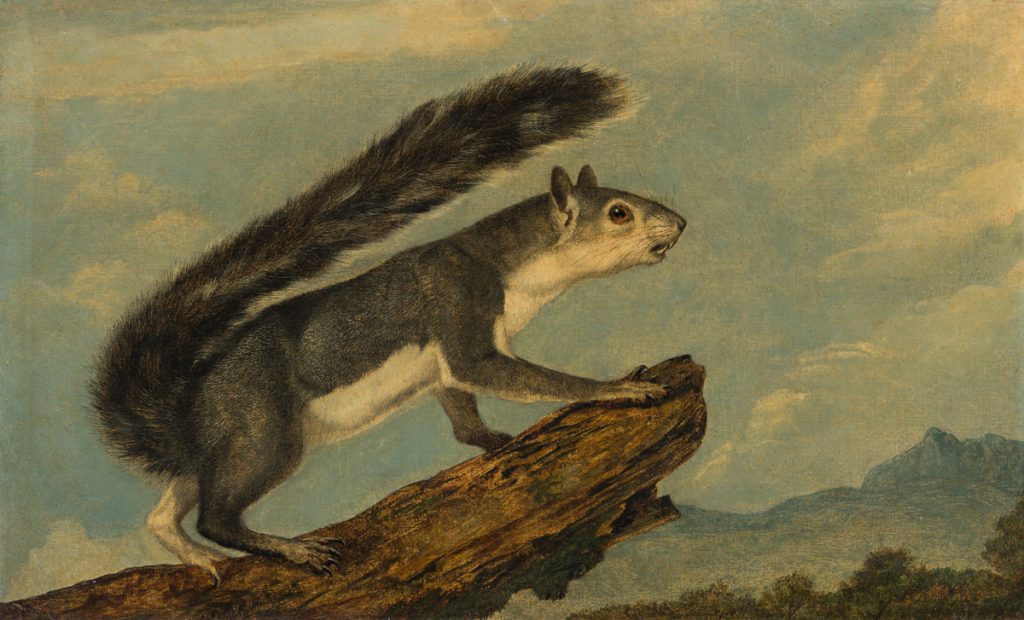
The present painting by John Woodhouse Audubon is a life-size oil portrait of a California Gray Squirrel and the animal is analogous in form, features, and positioning to that of its octavo-sized lithographed counterpart, plate CLIII, issued in 1854.
The painting is recorded on page 216 of Alice Ford’s authoritative 1951 reference work Audubon’s Animals along with three other oils by J.W. Audubon as part of the collection of Mrs. Margaret McCormick, Tottenville, New York. In this entry, Ford directly cites the California Gray Squirrel as ‘one of two oils combined for octavo plate CLIII’ (the other being a separately composed work of Col. Abert’s Squirrel).
Margaret McCormick was the great-granddaughter of John Woodhouse; she bore no children and “In July of 1974 she presented the author, Walter Audubon, with the John Woodhouse Audubon oil painting of the California Gray Squirrel, which had been published in the Quadrupeds book.”2 Walter Audubon, who passed in November 2020, was the great-great-grandson of John Woodhouse on another side of the family. He and Margaret were second cousins.
Further to the skilled execution of this playfully nimble western squirrel, its qualities of provenance and association are equally attractive, passing directly through the heirs of John Woodhouse Audubon until this time.
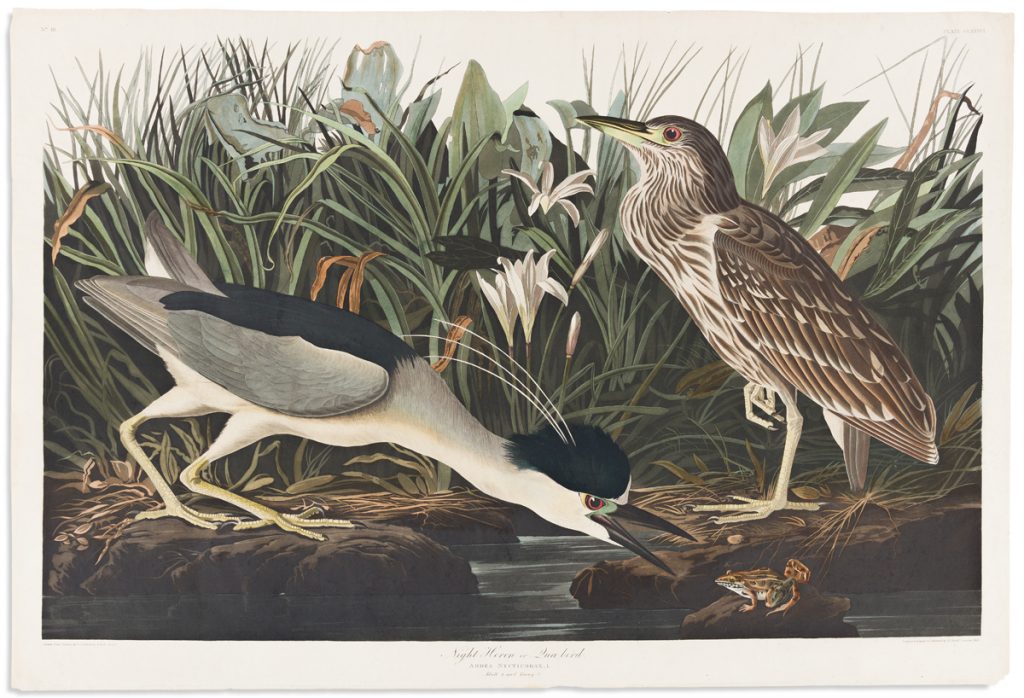
This year the National Audubon Society issued a series of writings on John James Audubon to reexamine and recontextualize the artist’s place in history as it stands in relation to slavery and abolition. To read more from the society visit here.
1. Reproduced in Francis Hobart Herrick, Audubon the Naturalist, 1917, volume 2, page 56-57.
2. Walter Audubon, Last of the Audubon Line – The Descendants of John Woodhouse Audubon, 2002, page 63.
